6 Anti-Inflammatory Herbs And How To Use Them
Last updated on
If you do not use herbs and spice in your cooking, you are missing out. Herbs are not only useful for adding flavor to your meals, they offer a wide range of amazing health benefits, including the ability to help improve your immune system.
Here, you will find a selection of the best herbs that you can include in your diet to strengthen your immune system, along with a juicing recipe that includes two of the most beneficial herbs.
Juicing provides an effective way to get nutrients and minerals from fresh produce and herbs. Most food items, when cooked, begin to lose some of their nutritional value, which is not an issue with juicing recipes.
Look over the various herbs that are most useful for boosting your immune system and then try out the juice recipe below that includes some herbs.
6 Anti-Inflammatory Herbs And How To Use Them
1. Peppermint
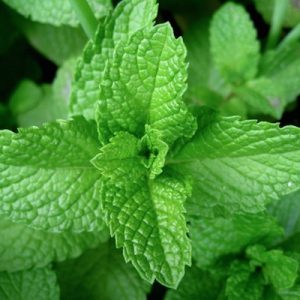
Peppermint is often used to treat digestive issues like gas/bloating, IBS, and reducing gastritis-related symptoms.
It may protect against DNA damage and cells degeneration caused by chemotherapy and radiation.
As an expectorant and decongestant, it is useful for clearing nasal congestion and relieve respiratory inflammation.
Read about the health benefits of peppermint tea.
2. Echinacea

Drinking echinacea tea or including the herbs in your juices helps to reduce inflammatory conditions like rheumatoid arthritis, eye inflammation, and gout.
It works as a great pain-killer and reduces various kinds of pains: stomach aches, headaches, sore throats, tonsillitis, toothache and muscles ache.
3. Thyme
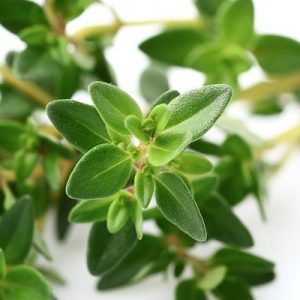
Thyme has a unique quality that makes it beneficial for lowering high blood pressure normally, treat acne and boost the immune system.
Its fungicidal properties make it useful to be used as a disinfectant, and for alleviating cough and other respiratory problems.
Thyme is best used raw. Add to your salads or green smoothies.
4. Rosemary
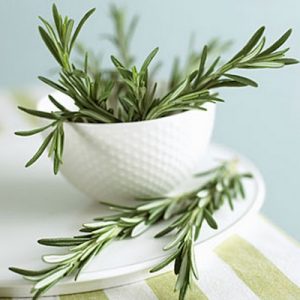
Rosemary has memory and mood enhancing properties that improve mental health and elevates mood.
It is an anti-inflammatory that reduces pain, helps clear the lungs, throat, sinus and respiratory conditions.
Consuming rosemary fresh in tea infusion has proven beneficial for the digestive system, treating upset stomach, constipation, indigestion and excellent for boosting the immune system.
5. Ginger
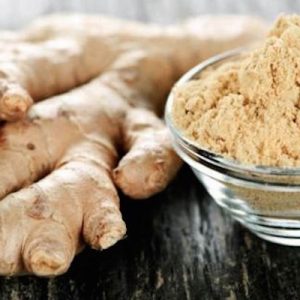
Ginger has antibacterial properties that makes it beneficial for healing of digestive disorders such as IBS, gas/bloating, indigestion, nausea, and diarrhea. At the same time, it strengthens the immune system, preventing common cold, cough and fever.
Like most herbs, ginger has high antioxidant and anti-inflammatory properties to help relieve various inflammatory disorders, provide substantial relief in pain, and help reduce swelling and morning stiffness.
Add fresh ginger into all your juices to benefit from all it has to offer. Only use ginger powder if you don’t have access to fresh ginger.
6. Turmeric
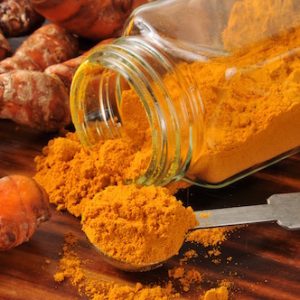
It contains potassium, calcium, iron, magnesium, folate, vitamins C and K, as well as lycopene, selenium, and manganese.
The high content of antioxidants help neutralize free radicals and reduce cellular damage. It has curcumin, a phytonutrient that is beneficial for destroying mutated cancer cells and retards tumor growth.
Turmeric can also be used as a natural pain reliever and an anti-inflammatory for relieving aches, pains, headaches, stiffness and swelling. Add turmeric in your juicing and use turmeric powder only if you can’t get the fresh ones.
Healthy Juice Recipe
The following drink is great for strengthening the immune system, beat inflammation, increase energy, and improve eyesight and skin.
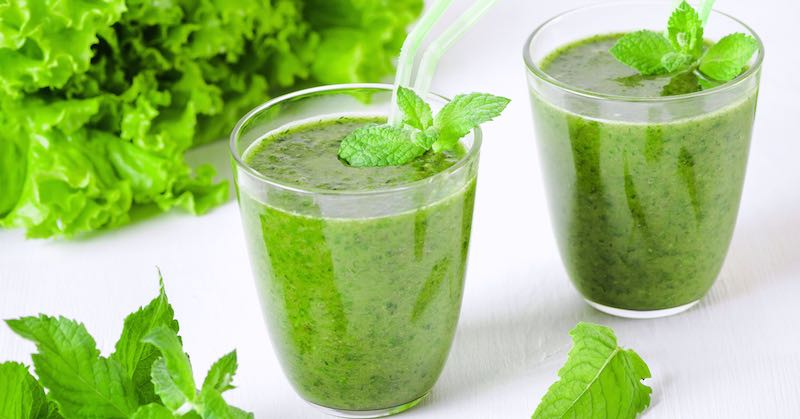
- 1 cup of pineapple
- 6-8 leaves of kale
- 1 green apple
- ½ lemon
- A bunch of mint leaves
- 1-inch piece of ginger root
Make conscious efforts to include any of the above herbs in your juices, and find other creative ways to include them into preparing your daily meals. The more of a variety that you include in your diet, the more benefits you will get.
References:
www.steadyhealth.com/articles/herbs-to-boost-and-build-a-healthy-immune-system
Some of the links I post on this site are affiliate links. If you go through them to make a purchase, I will earn a small commission (at no additional cost to you). However, note that I’m recommending these products because of their quality and that I have good experience using them, not because of the commission to be made.
Comments
Leave a Reply


![Green Energy Punch [Juice Recipe]](https://juicing-for-health.com/wp-content/uploads/2019/08/green-energy-punch-juice-recipe-90x90.jpg)

![[Review] Omega NC900HDC Masticating Juicer](https://juicing-for-health.com/wp-content/uploads/2019/10/HeroImagesOmegaNC900HDC_1019-90x90.jpg)




























 JOIN OVER
JOIN OVER
Please forward by e-mail your news letter.